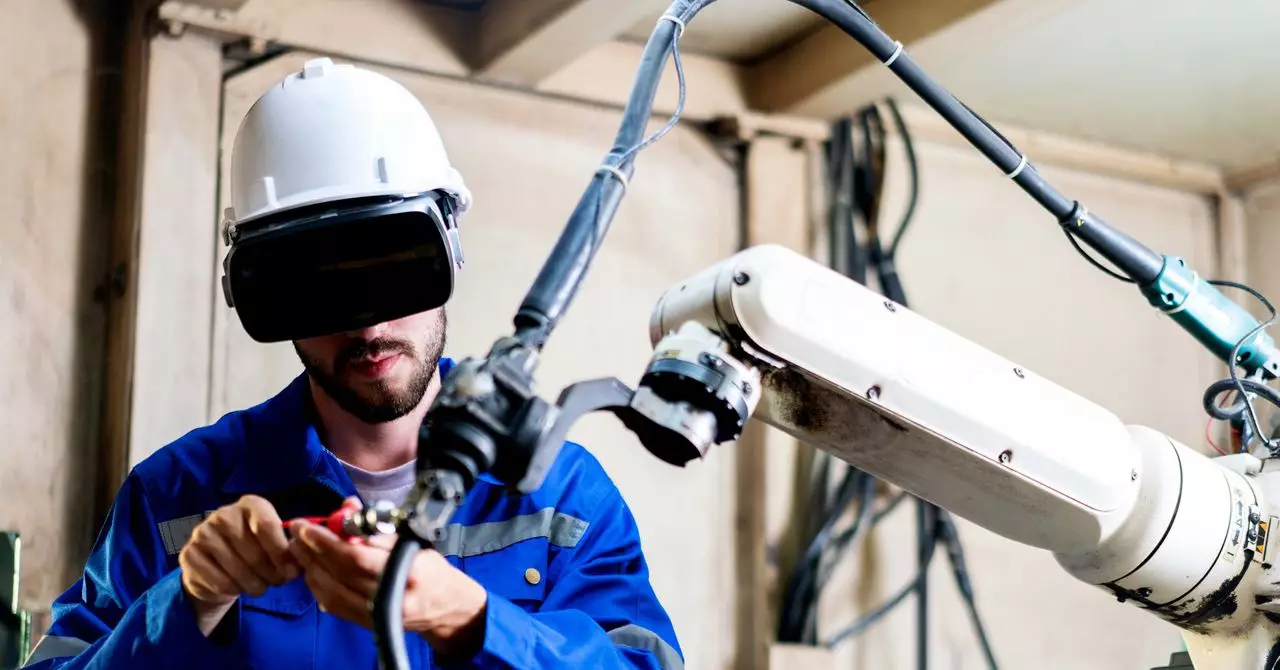In the evolving landscape of modern manufacturing, the ability to seamlessly integrate digital and physical processes is reshaping how industries operate. Gone are the days when companies had to physically test the limits of a factory’s production line by pushing chassis through a manual process. Today, companies like BMW leverage advanced simulations and digital twins to refine production workflows before any physical construction takes place. This innovative approach not only mitigates the risks of costly production errors but also allows manufacturers to save precious time and resources.
The implementation of digital twins signifies a significant leap forward in manufacturing capabilities. Rather than relying on trial and error, manufacturers can now visualize, modify, and optimize each stage of the production line in a controlled digital environment. This shift from a reactive to a proactive approach can potentially enhance productivity and product quality, transforming the way we envision manufacturing processes.
The Emergence of the Industrial Metaverse
While the consumer-focused metaverse has garnered mixed reactions and slower adoption rates, the industrial metaverse stands poised for exponential growth and adoption. According to forecasts from the World Economic Forum, the industrial metaverse could reach a staggering global valuation of $100 billion by the end of the decade. So, what exactly constitutes the industrial metaverse? It is a multifaceted ecosystem characterized by the convergence of augmented reality, simulations, sensors, and 3D modeling technologies. Varvn Aryacetas of Deloitte encapsulates this evolution, referring to it as “spatial computing,” emphasizing the dynamic interaction between the digital and physical realms.
This technological framework allows for diverse applications, extending beyond mere production line simulations. Industries can utilize virtual reality to train staff, innovate through digital product design, and even facilitate remote collaborations as if everyone were physically present. The implications of this are profound: companies are no longer constrained by geographical limitations or physical prototypes, opening the door to unprecedented creativity and efficiency.
Nvidia: Pioneering the Future of Industrial Simulations
One of the frontrunners in this transformative movement is Nvidia, a company traditionally known for its graphics capabilities in gaming, now positioning itself as a leader in AI and simulation technology. With the launch of its Omniverse platform, Nvidia is providing robust tools for creating simulations and running digital twins, essentially acting as the backbone for the industrial metaverse. Rev Lebaredian, a prominent voice within Nvidia, highlights the fundamental utility of realistic computer simulations, asserting that they are vital for any autonomous system development.
Investment in such platforms illustrates how industries, including retail giants like Lowe’s and innovative design firms such as Zaha Hadid Architects, are embracing this shift. Lowe’s utilizes Omniverse for optimizing store layouts, while Zaha Hadid Architects employs it for collaborative design efforts across long distances. Such practical applications underscore the growing recognition of virtual simulations as invaluable assets in enhancing operational efficiencies across various sectors.
BMW’s Virtual Factory: A Case Study in Efficiency
A leading example of the industrial metaverse in action is BMW, which has taken significant steps to revolutionize its production methodologies. By constructing virtual models of its assembly lines, including its new factory in Debrecen, Hungary, the automaker is demonstrating the efficacy of preemptive planning. Each virtual model is laden with detailed 3D representations of cars, machinery, and personnel, all designed to emulate the real-world factory environment.
Matthias Mayr, a virtual factory specialist at BMW, emphasizes the intricate nature of these models, revealing that the complexity mirrors vast real-world facilities. The adoption of the Universal Scene Description (USD) file format, developed by Pixar, is a testament to the sophistication of BMW’s virtual constructs. This strategic move not only enhances collaboration within production teams but also fosters an ecosystem where continuous improvement is part of the operational DNA.
The industrial metaverse is set to redefine manufacturing as we know it, bridging the gap between digital innovations and physical reality. As companies like BMW, Lowe’s, and Nvidia continue to trailblaze this path, the potential for enhanced efficiencies and innovative processes becomes ever clearer. The capacity to investigate and refine manufacturing processes within a virtual landscape promises to create an era where manufacturing is smarter, quicker, and more aligned with the evolving demands of the modern market.


Leave a Reply